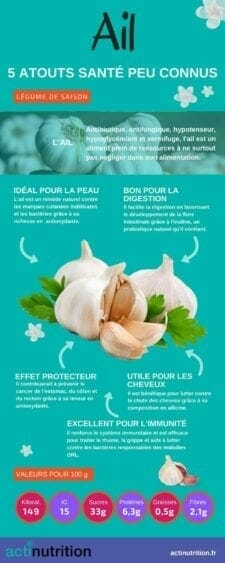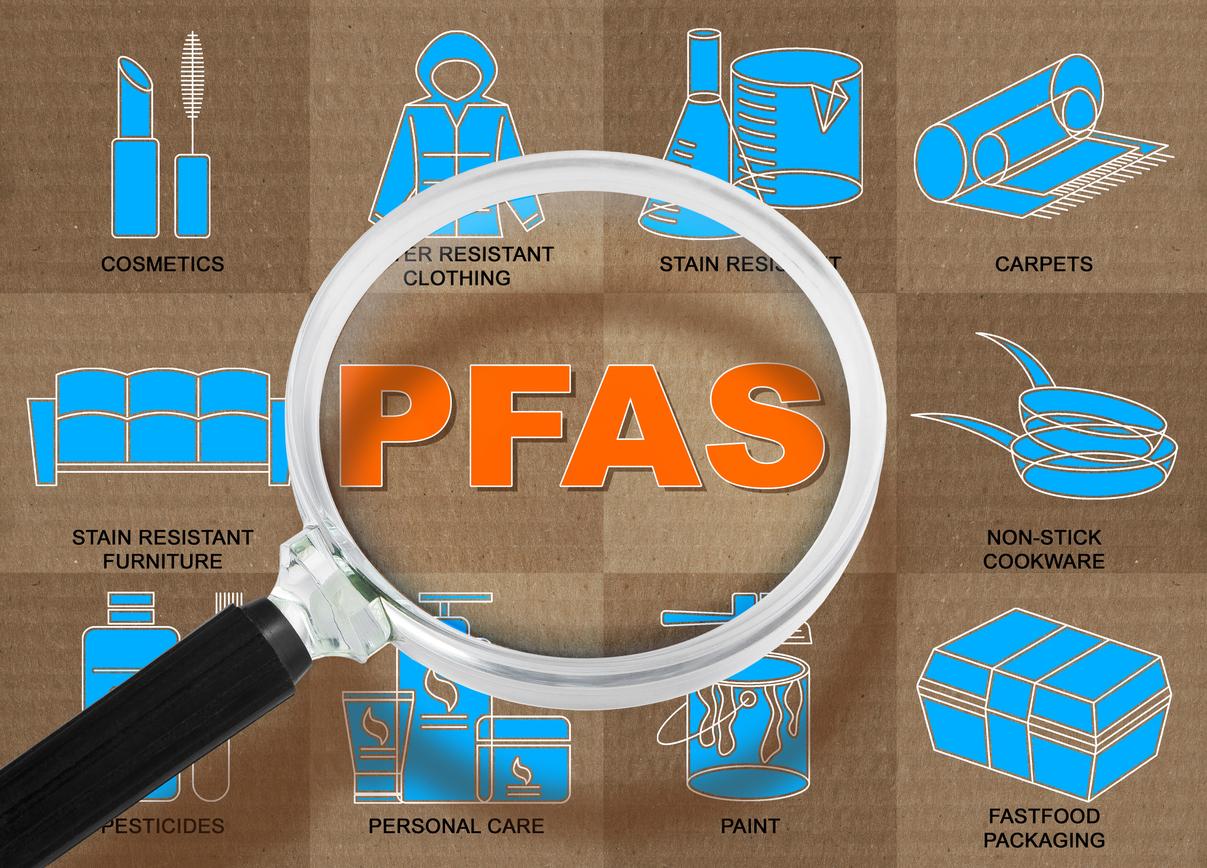Most of the time, it is normal for only one nostril to be blocked, but sometimes it can indicate the presence of a health problem.

- It is normal to have only one blocked nostril from time to time.
- However, sometimes it can be a sign of a health problem if other symptoms are present.
- There are a few solutions to relieve nasal congestion.
Autumn sets in, temperatures cool and colds resurface. This feeling of a blocked nose is unpleasant, and sometimes, it is surprising: only one nostril becomes blocked. An American ENT specialist, Michael Benninger, deciphers this phenomenon in a article published on the Cleveland Clinic website.
Nose: a cycle of congestion – decongestion between the two nostrils
This specialist emphasizes that it is completely normal to have only one blocked nostril: it is part of the nasal cycle. “It’s a cycle of congestion and decongestion that your nasal passages go through to manage airflow.”, he specifies. The process happens every four to six hours: one nostril becomes blocked and the other becomes unblocked. “Your nasal passages are lined with blood vessels called nasal turbinates, which help regulate airflow and filter particleshe elaborates. These turbinates may also alternately swell and shrink in each nostril.” When blood flow is increased in one nostril, it becomes congested, the other then opens to allow breathing.
The multiple explanations for blocked nostrils
Most of the time, this phenomenon happens without us feeling it. On the other hand, when it is noticeable, it can be explained in different ways. Our position during the night may be one of the causes: “It is common to have congestion in the downturned nostril when sleeping on your side, believes this specialist. If the congestion goes away shortly after you wake up and start walking, there’s a good chance your sleeping position is the cause..” People with a deviated septum may also experience the same thing. Because the cartilage that separates the nostrils is off-center, congestion may be felt more strongly on one side.
Inflammation, allergies: a blocked nostril can hide a health problem
But having just one blocked nostril can also be linked to a health problem. “In some cases, some people suffer from chronic inflammation and nasal polyps“, notes Dr. Benninger. Frequent or chronic sinus infections can also be linked to structural problems that hinder drainage of the sinuses. This can also be the result of exposure to irritating or even allergenic substances. “Smoke, strong odors and chemicals can lead to nasal congestion by irritating the nasal passages and causing inflammationadds the ENT. Additionally, dry air, especially in heated indoor environments, can dry out your nasal passages and lead to congestion.”
If in addition to a blocked nostril, you have any of the following symptoms, you should consult a doctor: difficulty breathing, whistling while breathing, snoring, bleeding or runny nose, facial pain, weakened sense of smell . In younger children, a blocked nostril can be caused by the presence of an object in the nose, so check with a flashlight. In the event of significant discharge, consult immediately.
How to relieve a blocked nostril?
In the absence of these symptoms, Dr. Benninger gives some tips to relieve a blocked nostril: use a humidifier, take a hot shower, wash your nose with a saline spray, keep your head elevated. “If you have general congestion from allergies or a cold, it’s probably best to sleep on your back and even keep your head slightly elevated“, he adds.


















